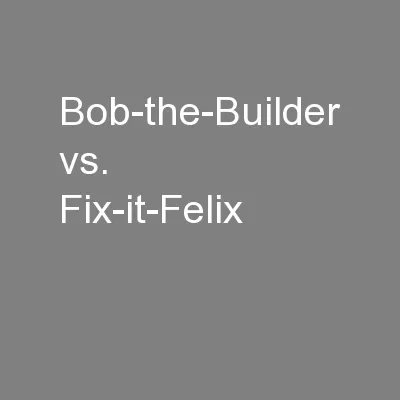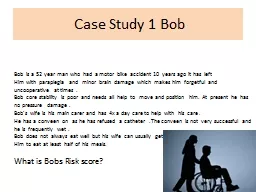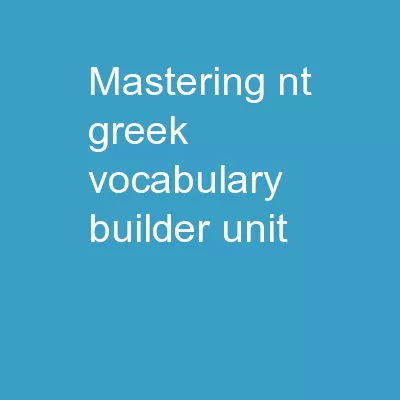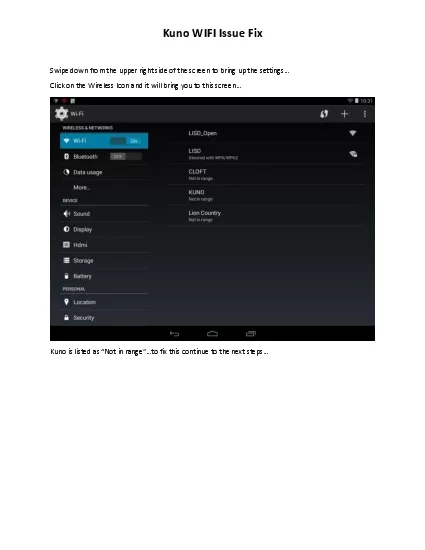PPT-Bob-the-Builder vs. Fix-it-Felix
Author : pasty-toler | Published Date : 2016-05-06
Maintaining Overlays in Dynamic Graphs Seth Gilbert What is an overlay Overlay Networks Given a collection of changing servers Choose a good subset of the edges
Presentation Embed Code
Download Presentation
Download Presentation The PPT/PDF document "Bob-the-Builder vs. Fix-it-Felix" is the property of its rightful owner. Permission is granted to download and print the materials on this website for personal, non-commercial use only, and to display it on your personal computer provided you do not modify the materials and that you retain all copyright notices contained in the materials. By downloading content from our website, you accept the terms of this agreement.
Bob-the-Builder vs. Fix-it-Felix: Transcript
Download Rules Of Document
"Bob-the-Builder vs. Fix-it-Felix"The content belongs to its owner. You may download and print it for personal use, without modification, and keep all copyright notices. By downloading, you agree to these terms.
Related Documents














